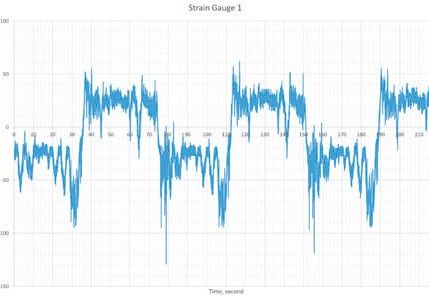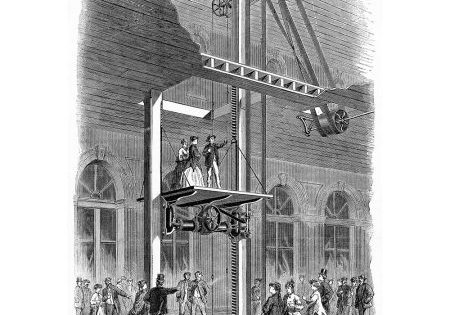Journal Reports on Coronavirus/Elevators Study
Jan 1, 2021
The professional journal Indoor Air published a report in September detailing an investigation into how long aerosol droplets of the coronavirus that causes COVID-19 persist in hospital elevators and offered specific measures to reduce the risk of transmitting the disease. The investigators, funded by the University of Amsterdam, using a special spray nozzle that could mimic a single cough, sprayed a “controlled quantity” of glycerol/ethanol droplets inside elevators. The evaporating ethanol has “the same size distribution as evaporated respiratory droplets from a single cough.” They were then able to test for aerosol particles at the back of the elevators, at half height. The elevator was operated normally, with 10-20% door-open time. The test found that it took 12-18 min for the number of particles to diminish 100-fold, both in medium-sized and large elevator cars, but that time was reduced significantly when the doors were left open. The article went on to describe how much coronavirus could be released into an elevator car from a mildly ill person under scenarios involving loud talking or a cough.
As a result of the tests, the authors offered several suggestions for reducing the risk of coronavirus infection inside elevators, including adjusting the doors so they stay open longer and mechanically altering the ventilation system. Rather than exhausting air through the top of the car into the hoistway (as is the case in many hospital elevators), the proposed alteration draws in fresh, filtered air from the hoistway. They also noted that ventilation systems shut off within 2 min when the observed cars were idle. The authors suggested they be reprogrammed to remain on longer, which would increase the air exchange. To read the full report, visit bit.ly/308V3ec.
Get more of Elevator World. Sign up for our free e-newsletter.








